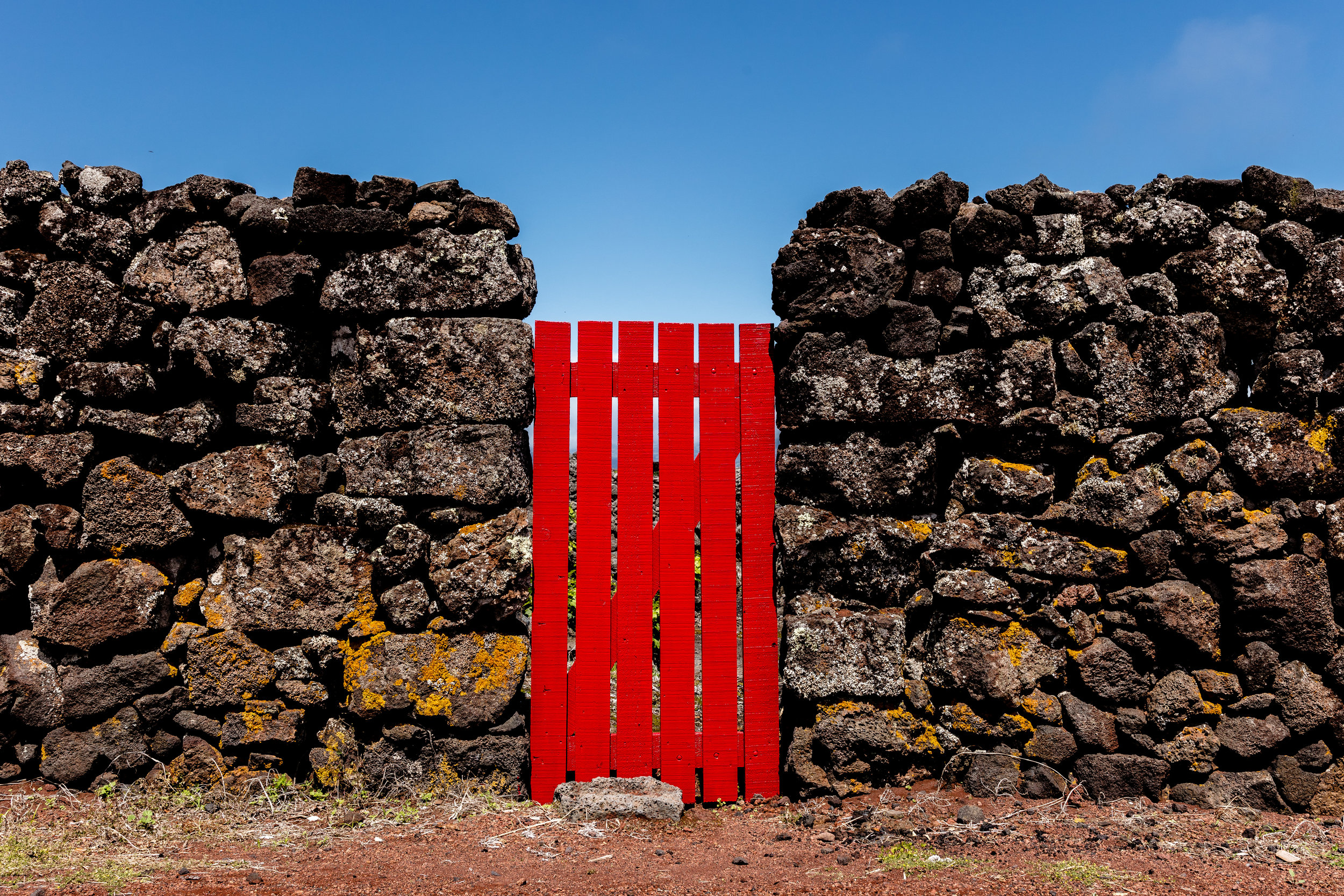Visiting Pico Island and the neighbouring islands São Jorge and Faial I stayed continuously under the volcano. The huge (2350 meter above sea
level) volcano of Pico. "Under the volcano" is the title of a novel by Malcolm Lowry written in 1947 as well as the title to a movie from 1984 directed by John Huston and I remembered one quote:
“He was safe here; this was the place he loved - sanctuary, the paradise of his despair.”
The volcano Pico on Pico Island in the Azores. It does not happen very often that the crater with the little Piquinho (the "nipple" on top) is not covered in clouds.
Cory's shearwater (Calonectris borealis) is a common bird in the Azores. It spends its days far away from the islands on the ocean, feeding on fish and moluscs. It can dive up to a depth of 15 meters. During the nights you can hear their raucous cackling calls in the breeding colonies on the shores.
Cory's shearwater (Calonectris borealis) during daytime roaming the atlantic ocean.
Cory's shearwater (Calonectris borealis) during the night.
Close up of a Cory's shearwater (Calonectris borealis), a handsome bird with a beautiful bill.
Cory's shearwater (Calonectris borealis). On days with less wind the shapes of the reflections in the ocean are always changing.
The views and landscapes in the Azores are often dramatic. The weather changes from cloudy to sunny in just half an hour. The clouds are however never far away. Neither is the volcano Pico on Pico island. Even on the neighbouring islands São Jorge and Faial the Pico is very emphatically present. If not, the crater covered in heavy clouds, is.
The ever changing scenery on Pico Island.
The crater of Pico got a little hat.
Fajã do Ouvidor, São Jorge. In the background the island Graciosa.
The lava and the ocean. North coast of the island of São Jorge.
Sunset on Pico Island.
Pico Island is known for its Cetaceans. Untill 1987 it was a centre for whale hunting. Blue whale, finn whale, and sperm whale pass by as well as many species of dolphins. And except for the Cory's shearwater there are colonies of other sea birds on the cliffs.
Common tern (Sterna hirundo)
Common tern (Sterna hirundo)
Common tern (Sterna hirundo). There are several breeding colonies in the azores
Short-beaked common dolphin (Delphinus delphis). This newly born calf keeps up with the "big" dolphins already.
Blue whale (Balaenoptera musculus), breathtaking, outside the coast of Pico Island
Blue whale (Balaenoptera musculus), diving. With 100.000 kilos (and even more) the Blue whale is the largest animal that ever lived on earth; dinosaurs included!
Risso's dolphin (Grampus griseus) south of Pico.
The scars on the body of this Risso's dolphin look like modern art. They are a result of fighting. Risso's dolphins are very agressive. Even the tentacles of the squid that they eat leave marks.
Sperm whale (Physeter macrocephalus) showing the tail before diving deep.
Whales are all over Pico island.
But the days of whale hunting belong to the past
Portuguese man 'o war (Physalia physalis). A colorful, rather small but very dangerous yelly fish that is very common in the water around the Azores.
A lot of the endemic plants and animals in the azores dissapeared when the islands got colonised by mankind in the 15th century. The Portuguese and the Flames brought their own cattle and pets.
Cows took over the green islands. The azores are famous for there dairy products in general, and São Jorge for its cheese in particular
The herd has passed...
'Ilhas verdes'. Portuguese for 'green islands'. The moist and the rain make the Azores green all seasons. The lava adds, besides a little red and yellow, mainly black. A bold combination of colors. The Azorians seem to have a preference for the color red though...
Red.
Red.
Red.

























